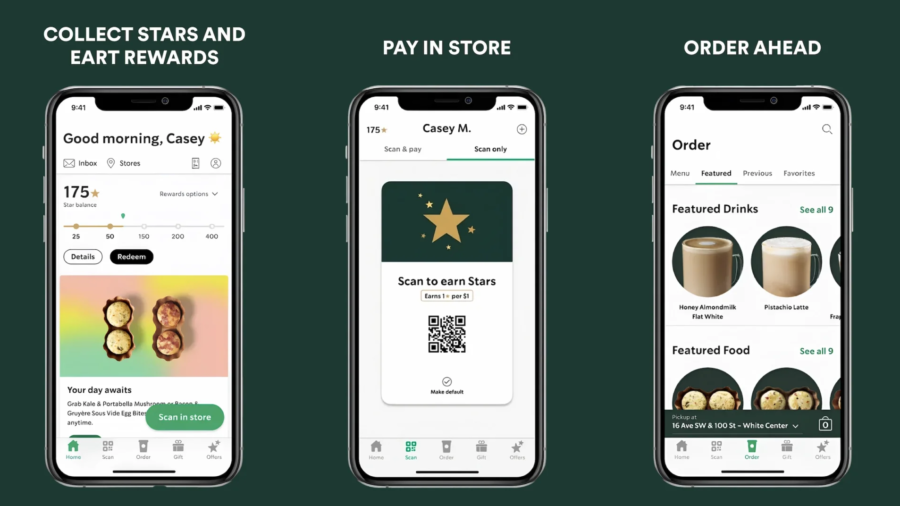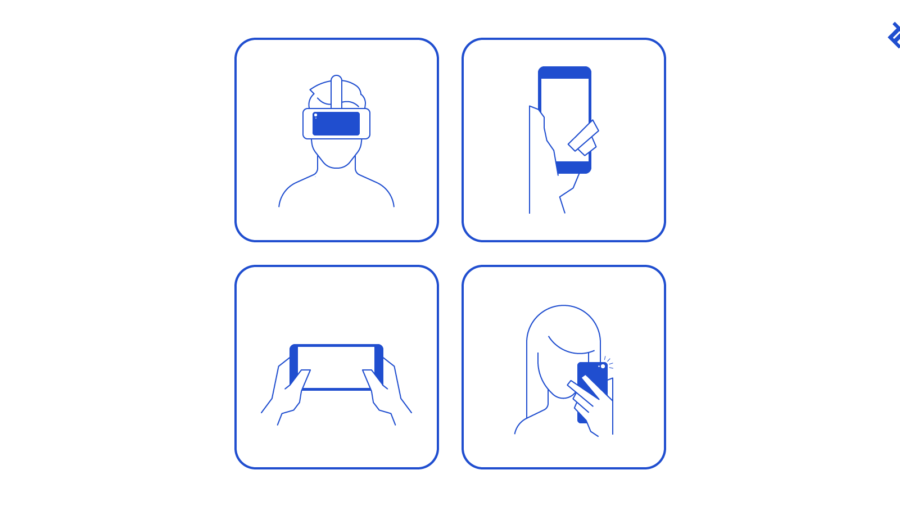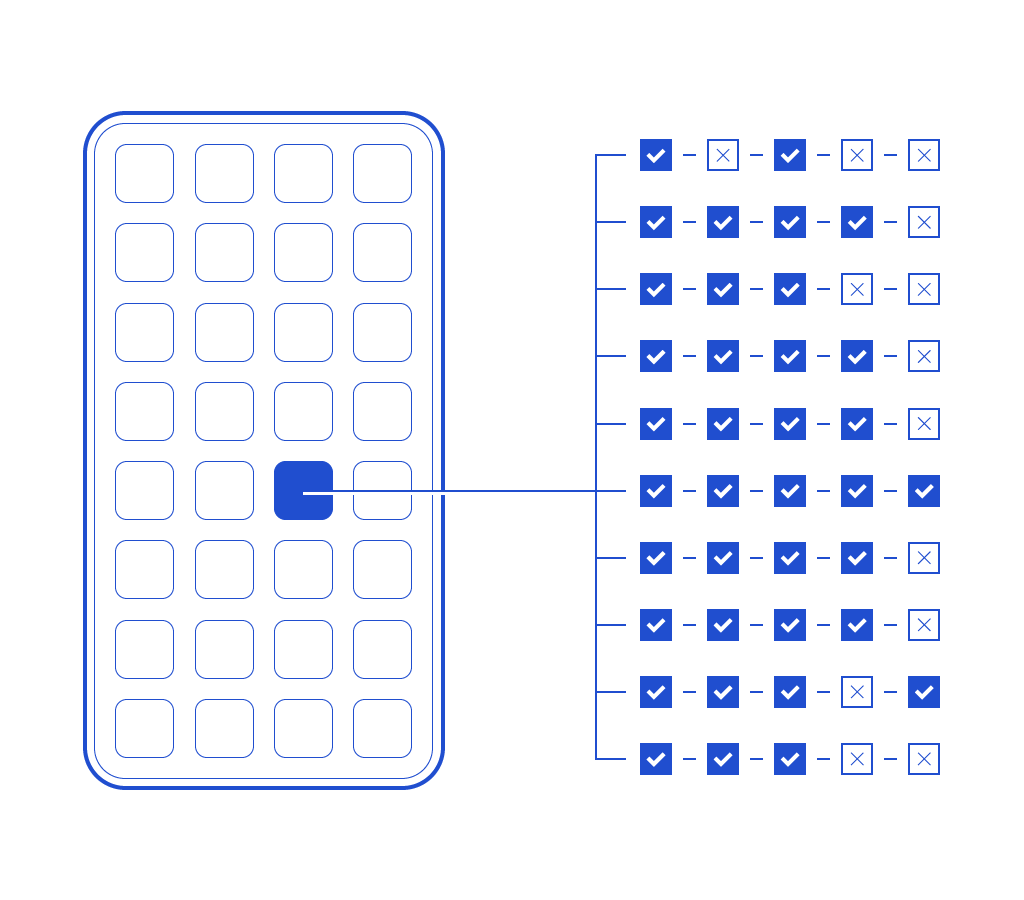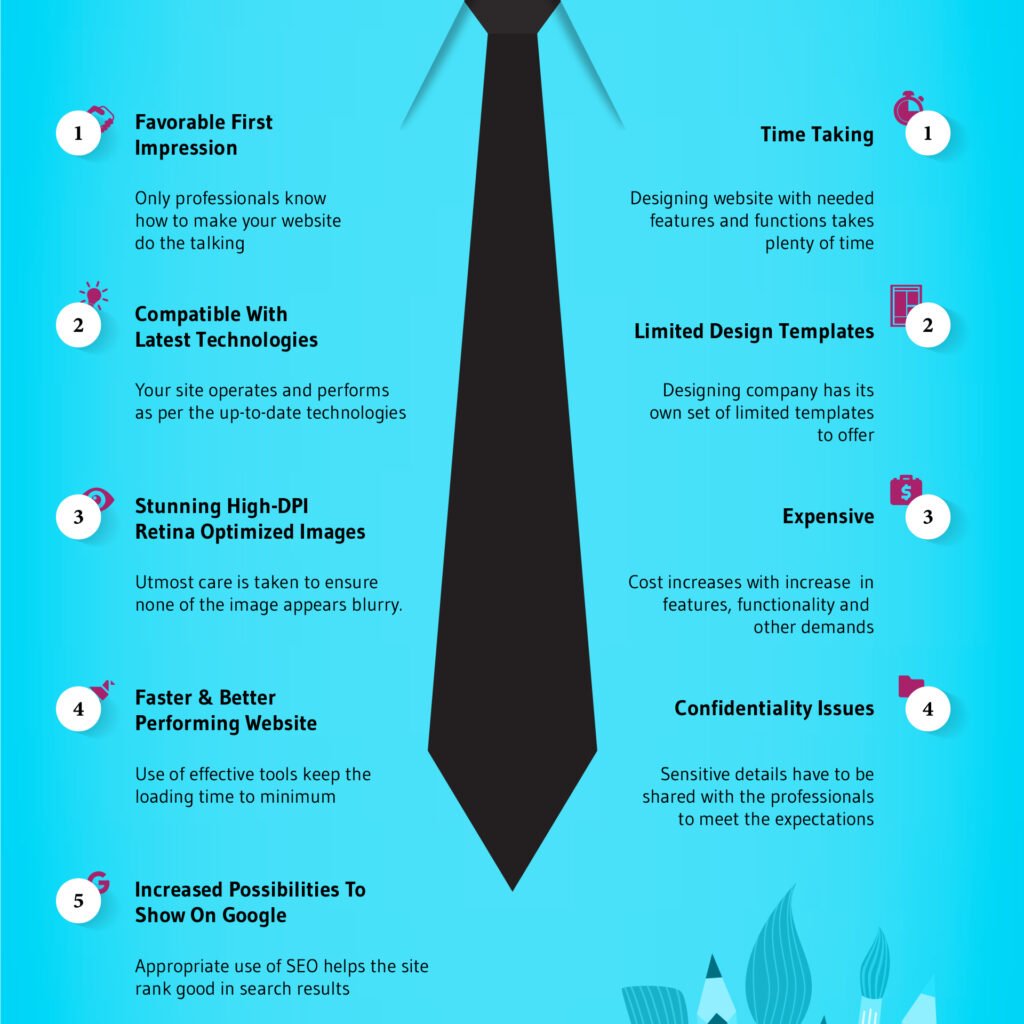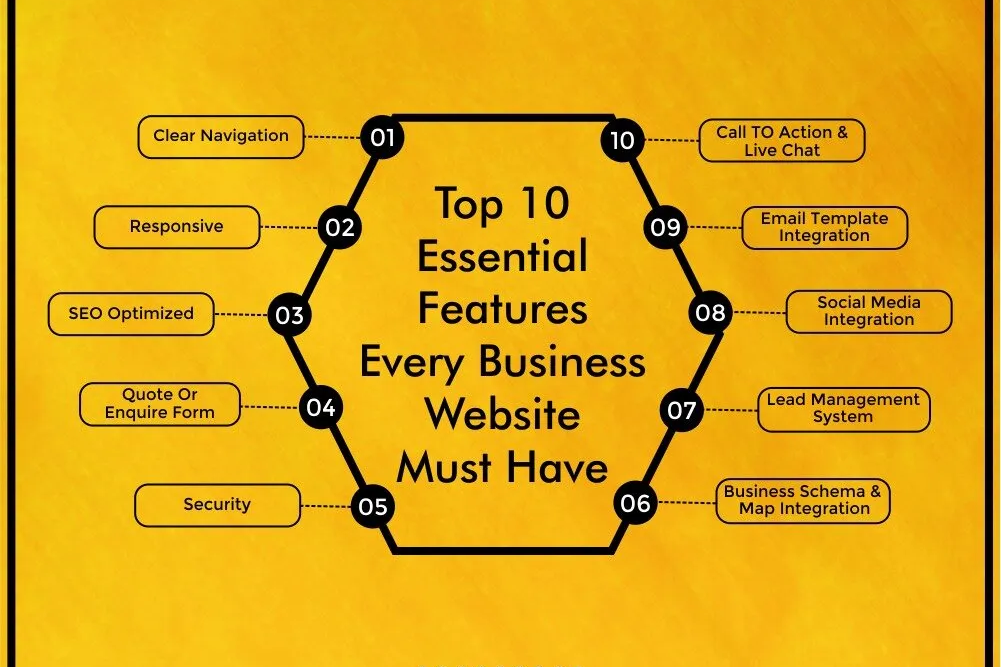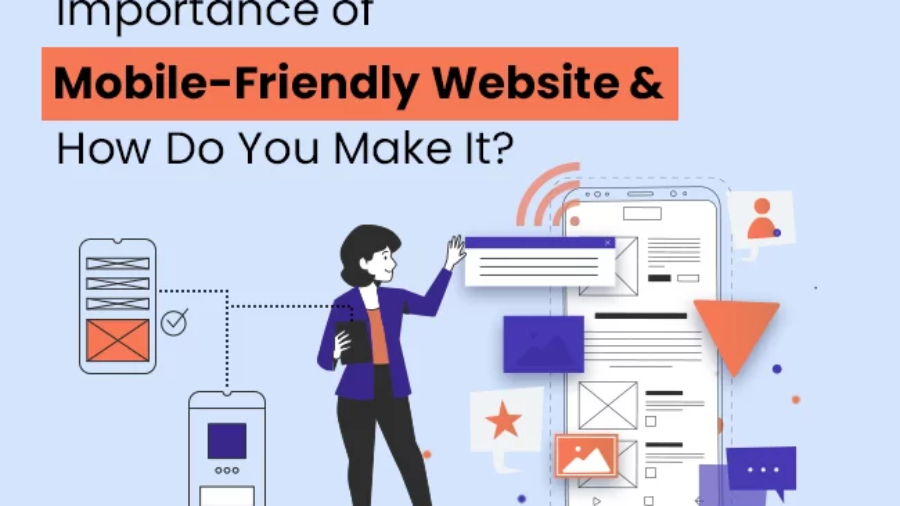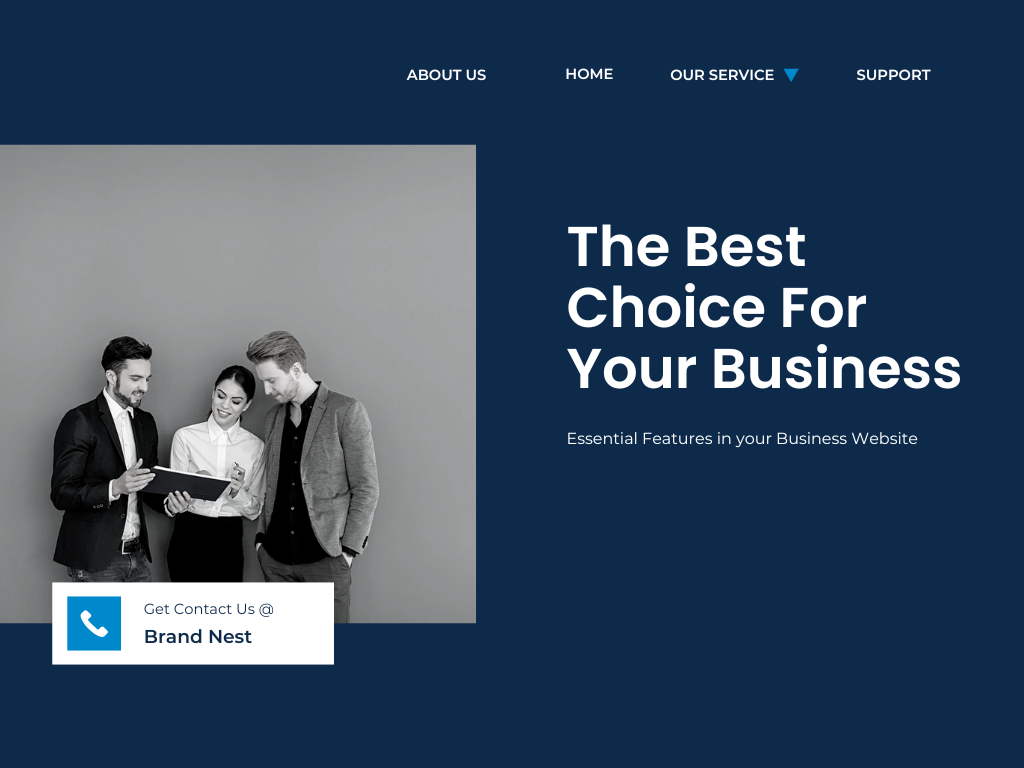
Why Mobile Apps Are a Game Changer for Businesses
In today’s digital world, mobile apps have become an essential tool for businesses to connect with their customers. With over 6.3 billion smartphone users worldwide (Statista), businesses that use mobile apps effectively see a boost in customer engagement by up to 80% (Localytics). A mobile app provides a direct line to customers, helping businesses offer convenience, personalization, and instant communication, leading to stronger customer relationships and long-term loyalty.
How Mobile Apps Keep Customers Engaged
A mobile app helps businesses engage with their customers by:
Personalized Experiences – Apps collect user data and provide recommendations tailored to individual preferences, improving the customer experience.
Push Notifications – Businesses can send timely updates, promotions, and reminders to keep customers engaged and informed.
Loyalty Programs and Rewards – Apps make it easy to track loyalty points and offer exclusive rewards, encouraging repeat purchases.
Seamless Communication – Built-in chat features and support options help businesses assist customers quickly, improving satisfaction.
Convenience and Accessibility – With an app, customers can browse, shop, and interact with a brand anytime, anywhere.
Real-Life Success Stories
Starbucks: Boosting Loyalty with Rewards
Starbucks saw a 40% increase in revenue after launching its mobile app, which allows users to earn rewards, order ahead, and pay with ease (Forbes). The app’s loyalty program keeps customers coming back, making it a key factor in the company’s success.
Domino’s: Faster Orders, More Engagement
Domino’s transformed its business by launching a mobile app that lets customers order pizza in just a few taps. The result? Over 60% of its sales now come from digital channels (Business Insider).
Mobile Apps Explained Like You’re 5
Imagine you have a magic notebook where you can order your favorite snacks with just one tap. The notebook remembers what you like, reminds you when there’s a new flavor, and even gives you free treats when you buy more. That’s what a mobile app does for businesses and customers—it makes everything faster, easier, and more fun!
How to Make Your Mobile App a Customer Magnet
Keep it simple – A clutter-free design makes it easier for users to navigate.
Add value – Give customers a reason to use your app, like exclusive discounts or special content.
Send smart notifications – Avoid spamming users; send relevant updates that add value.
Integrate a loyalty program – Reward customers for using your app regularly.
Listen to feedback – Regularly update your app based on customer suggestions.
A well-designed mobile app is not just a tool—it’s a powerful way to keep customers engaged, happy, and coming back for more. If your business does not have an app yet, now is the time to invest in one!
